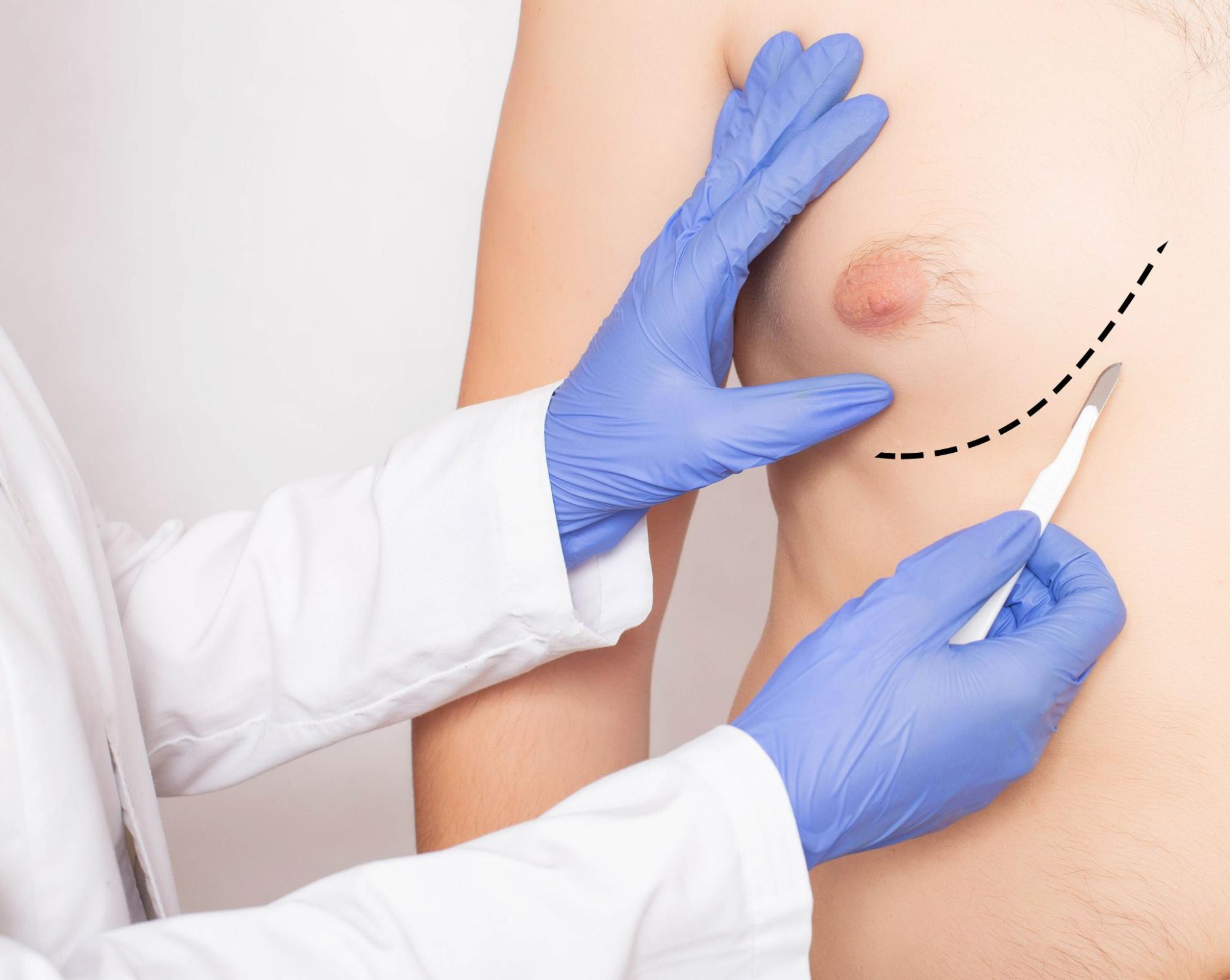
Gynecomastia, the enlargement of breast tissue in men, is a condition that spans more than just physical changes—it has both medical and aesthetic implications. For many, it raises questions about underlying health conditions, while for others, it becomes a matter of self-confidence and appearance. In both cases, treatment is available, with Gynecomastia surgery in Islamabad emerging as one of the most effective options. But is it purely for cosmetic reasons, or does it also have medical necessity?
This blog explores the dual nature of gynecomastia treatment, helping men understand when it’s about health, when it’s about aesthetics, and why both are equally valid reasons for seeking help.
Understanding Gynecomastia: A Dual-Faceted Condition
Gynecomastia is caused by an imbalance between estrogen and testosterone levels, often leading to the development of glandular tissue in the male chest. It can be unilateral (one side) or bilateral (both sides), and while it’s often harmless, the condition can cause significant distress—both physically and emotionally.
It’s important to differentiate between:
-
True gynecomastia, which involves glandular breast tissue.
-
Pseudogynecomastia, which involves fat accumulation without glandular growth.
Treatment approaches depend on the underlying cause, the duration of the condition, and the individual’s health goals—be it medical relief or cosmetic enhancement.
The Medical Side of Gynecomastia
1. Underlying Health Issues
Gynecomastia can sometimes signal deeper health concerns such as:
-
Hormonal imbalances (low testosterone or high estrogen)
-
Liver or kidney disorders
-
Tumors (testicular, adrenal, or pituitary)
-
Thyroid dysfunction
-
Certain medications (anti-androgens, steroids, antipsychotics)
In such cases, treating the underlying medical condition takes priority. Blood tests, hormonal profiles, and imaging studies may be conducted to rule out serious health problems.
2. Pain and Discomfort
In many cases, gynecomastia isn’t just about looks. Men may experience:
-
Breast tenderness
-
Swelling or sensitivity
-
Skin irritation due to rubbing
-
Limited physical activity due to discomfort
If pain persists or interferes with daily life, medical treatment—including surgical intervention—becomes more than cosmetic. It provides necessary physical relief and restores functional well-being.
3. Hormonal Treatment Options
In early stages or puberty-related gynecomastia, medications such as selective estrogen receptor modulators (e.g., Tamoxifen) or aromatase inhibitors might be prescribed. These are most effective when glandular growth is recent and mild.
However, such medications are not always successful in chronic or severe cases, especially where fibrotic tissue has formed. That’s when surgical treatment becomes essential.
The Aesthetic Side of Gynecomastia
1. Psychological and Emotional Impact
The most underestimated aspect of gynecomastia is its effect on a man’s self-esteem. Men with enlarged breasts may:
-
Avoid swimming, sports, or gym sessions
-
Feel embarrassed in intimate relationships
-
Develop anxiety, depression, or body dysmorphia
In this context, treatment is driven by emotional health and quality of life, making cosmetic correction just as valid as any medical intervention.
2. Physical Appearance and Body Proportion
Even if the condition causes no physical discomfort or stems from no serious illness, it can disrupt the natural masculine body contour. Male chest aesthetics typically involve a flat or slightly muscular profile, and gynecomastia disrupts that symmetry.
Men who’ve lost significant weight or gone through body transformations often find that persistent breast tissue spoils their final results. In such cases, surgery helps complete the physical transformation and boosts body confidence.
Gynecomastia Surgery: Addressing Both Sides
Whether the goal is health restoration or body confidence, gynecomastia surgery is often the recommended route when other methods fail. The procedure involves:
-
Liposuction for fat removal (ideal for pseudogynecomastia)
-
Gland excision for dense glandular tissue (true gynecomastia)
-
Skin tightening in severe cases or after major weight loss
This dual approach not only flattens the chest but also enhances its contours, providing results that are both medically relieving and aesthetically pleasing.
Who Should Consider Surgery?
Surgery becomes a suitable option when:
-
Gynecomastia has lasted for over 12 months
-
There is physical pain or discomfort
-
Hormonal or medication-based treatments fail
-
The chest appearance causes psychological distress
-
The individual seeks a permanent solution
Ideal candidates should be healthy, maintain a stable weight, and have realistic expectations.
Recovery and Long-Term Outlook
After surgery:
-
Swelling and bruising subside within a few weeks
-
Compression garments help with healing
-
Most men return to work within 3–5 days
-
Final results become evident within 3–6 months
The improvements in chest shape, confidence, and comfort are often life-changing. When performed by skilled professionals, the chances of recurrence are minimal.
Social Acceptance and Modern Aesthetics
Modern masculinity embraces wellness, fitness, and confidence. More men today are pursuing body-enhancing procedures not just for beauty but for holistic self-improvement. Gynecomastia surgery has become increasingly accepted and normalized, much like rhinoplasty or hair transplants.
Recognizing the need for change—whether health-related or aesthetic—is an empowering decision that should be respected and supported.
Cost Considerations
Medical insurance often does not cover gynecomastia surgery unless there’s a proven medical necessity (e.g., pain, tumors, or hormonal disorders). The aesthetic route is usually paid out-of-pocket. However, many clinics in Islamabad now offer flexible payment plans, making the procedure more accessible.
Final Thoughts
Gynecomastia is not a one-dimensional condition. For some, it’s a sign of internal imbalance; for others, it’s a visible source of emotional discomfort. Understanding both the medical and aesthetic sides of the treatment helps men make informed choices that align with their health and self-image.
If you’re struggling with persistent male breast enlargement, considering Gynecomastia surgery in Islamabad may be the most effective solution. It offers permanent results, enhances self-confidence, and improves quality of life—no matter your reason for pursuing it.
To ensure expert consultation, high safety standards, and personalized care, consider booking an appointment with the specialists at Dynamic Clinic.